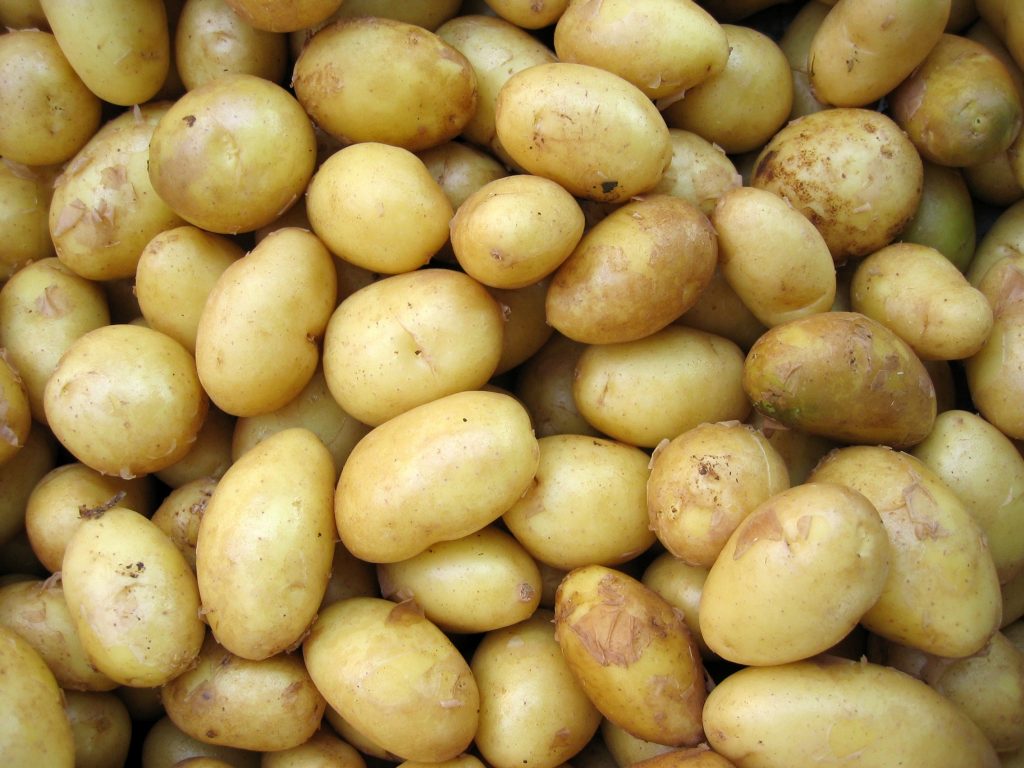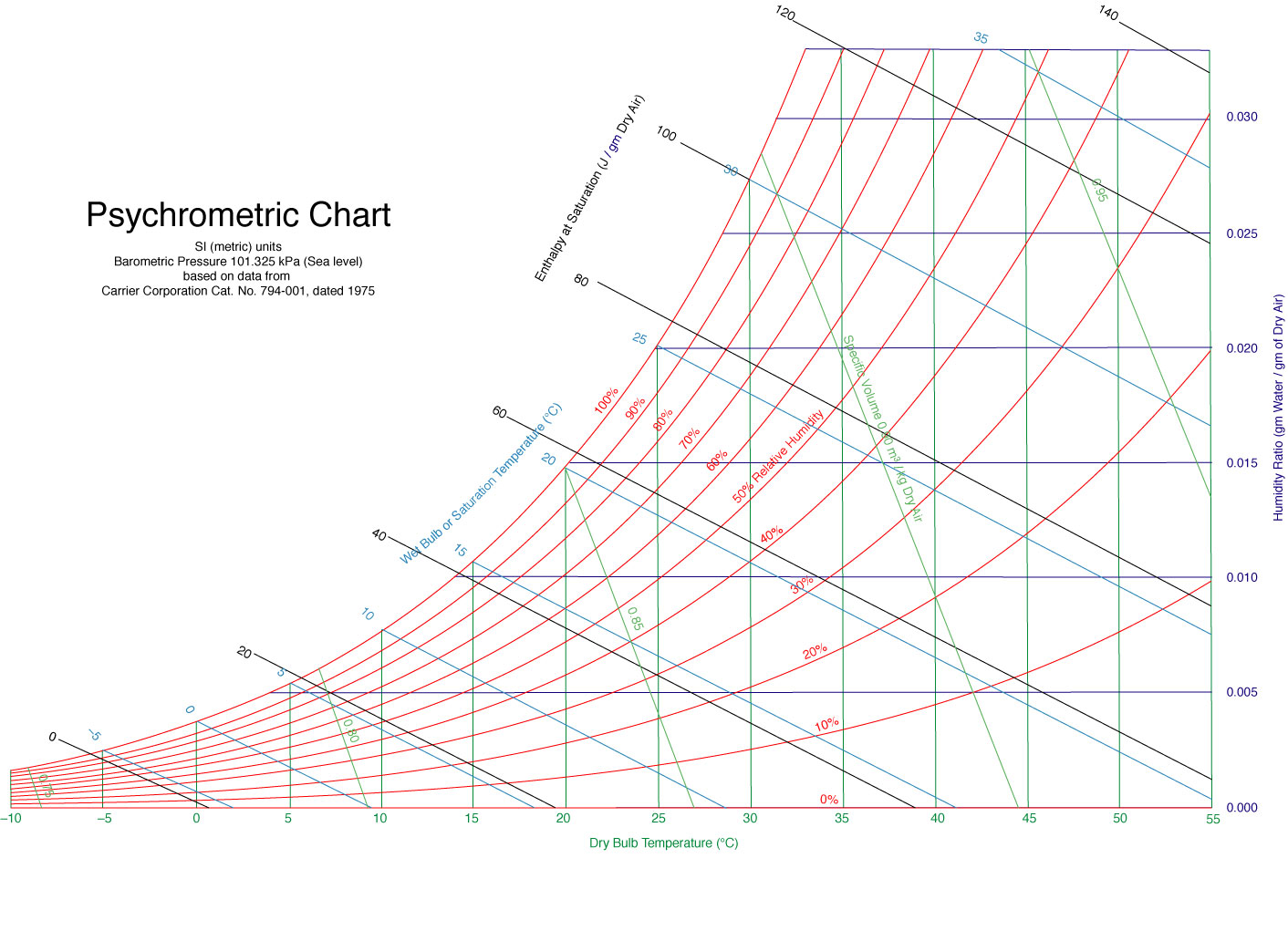
Features
Agronomy
Storage
Humidity deconstructed for potato growers
A detailed understanding of the psychrometric chart can be an excellent tool in understanding water, air and vapour relationships.
February 6, 2018 By Duane Gorman
 A detailed understanding of the psychrometric chart can be an excellent tool in understanding water
A detailed understanding of the psychrometric chart can be an excellent tool in understanding waterIn reality, a basic understanding of the pertinent values – relative humidity, dew point, absolute humidity, saturated air – can help make the right decision for air-vapour relationships. To start, let’s define the values for potato storage management.
Relative humidity (RH) is the mass of vapour in the air at a defined temperature, compared with the maximum water vapour it can hold, and is expressed as a per cent. As air temperature increases, the RH decreases. Conversely, as air temperature decreases, the RH increases. An understanding of RH is important in deciding if additional humidity should be added to the potato storage air supply.
Absolute humidity is the mass of water vapour in a certain volume of air. (In other words, the actual amount of water, as vapor, in a given amount of air.) The higher the amount of water vapor, the higher the absolute humidity. This value is useful in determining the drying capacity of air, by comparing the amount of water present compared to saturated air.
The dew point is the temperature at which vapour in the air will start to condense. As air is cooled, it reaches a dew point temperature when the air becomes saturated (100 per cent RH). Air with a dew point temperature that is higher than the surface of a tuber will result in condensation. Of course, this isn’t ideal as free water on the surface of tubers contributes to the growth of disease pathogens.
Saturated air cannot hold any more water vapour. The RH of saturated air is 100 per cent and the dew point temperature equals the actual temperature. As this air is warmed, the RH decreases, the dew point and absolute humidity stays the same. If the air is cooled, condensation occurs.
We can now look at vapour exchange between tubers in storage and the supply air. The predominant loss of water from tubers is due to evaporation through the skin. The rate of moisture loss is proportional to the difference in the water vapour pressure within the cells of the tuber skin and water vapour pressure of the air. This difference is known as the water vapour pressure deficit (WVPD). The lower the RH of the air surrounding the tubers, and the lower the temperature of the air compared to the tubers, the greater the WVPD. As a result, the cooler and drier the air, the greater the WVPD is and therefore, more moisture loss from the tubers will occur.
In most cases, the supply air of a potato storage is a mixture of the outside and return air to deliver a desired supply air temperature. Let’s consider the following example of 3 C outside air with an RH of 70 per cent, 5 C return temperature with a RH of 95 per cent, and a desired supply temperature of 4 C.
When these two air streams mix the resulting characteristics will be a combination of two air streams. An equal amount of each air stream is required to achieve a 4 C supply temperature. If we plotted the characteristics of the two air streams on a line, the characteristics of the supply temperature will be equidistant from the characteristics of the two original air streams. The resulting air supply has a temperature of 4 C, a RH of 82.5 per cent, an absolute humidity of 5.25 grams per cubic metre and a dew point of 1.29 C. The relative humidity of this air is too low for supply air, as the WVPD will be too great and result in excessive moisture loss from the tubers.
This scenario clearly demonstrates that additional humidity needs to be added to the supply air.

Source: Wikimedia Commons
Print this page